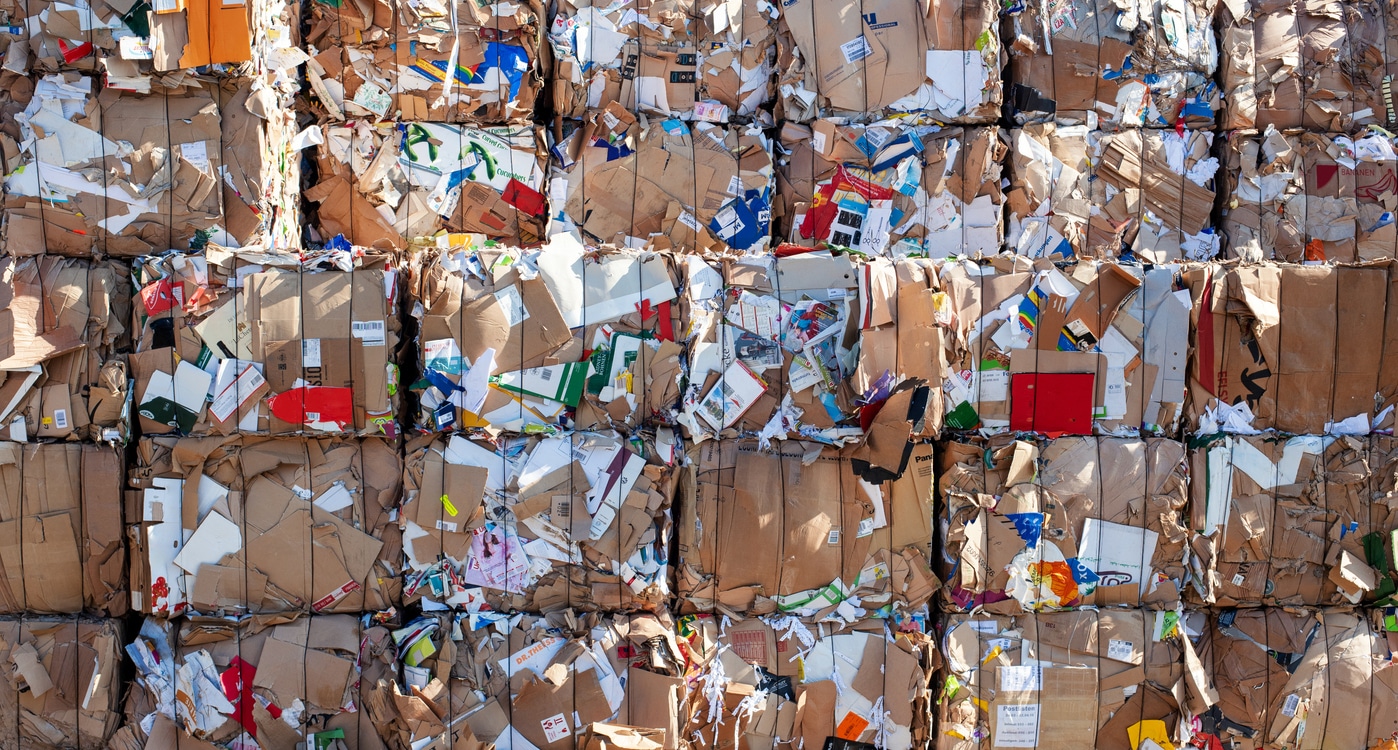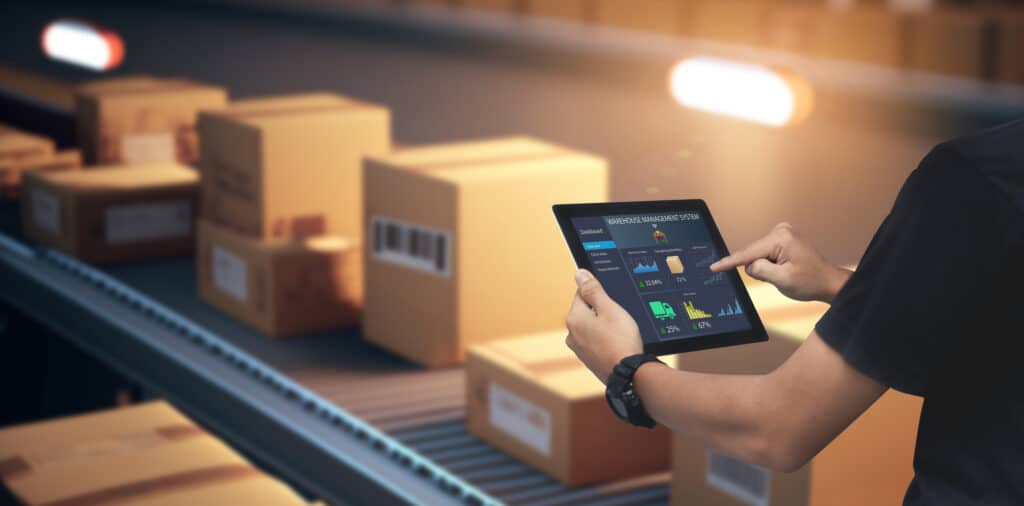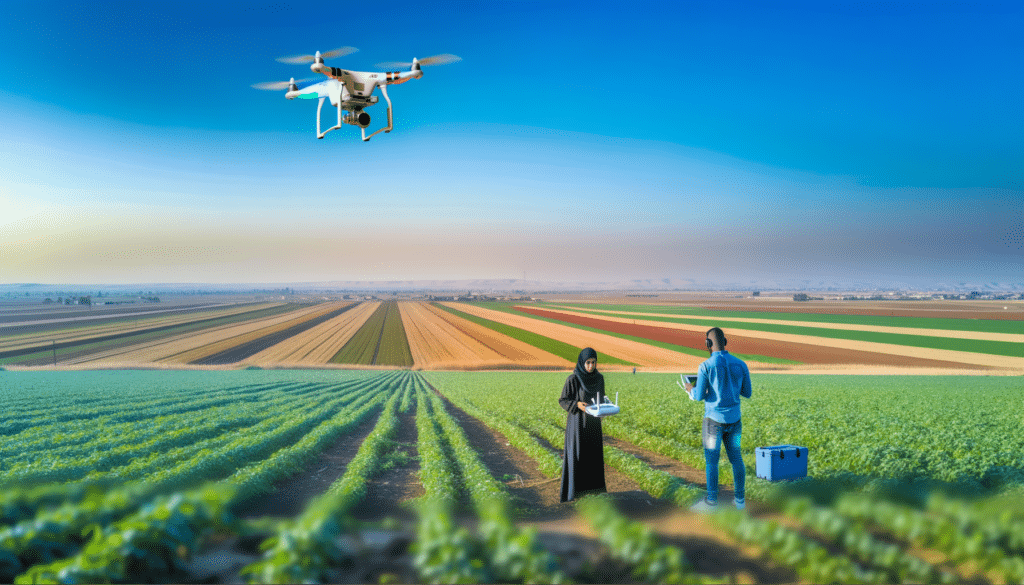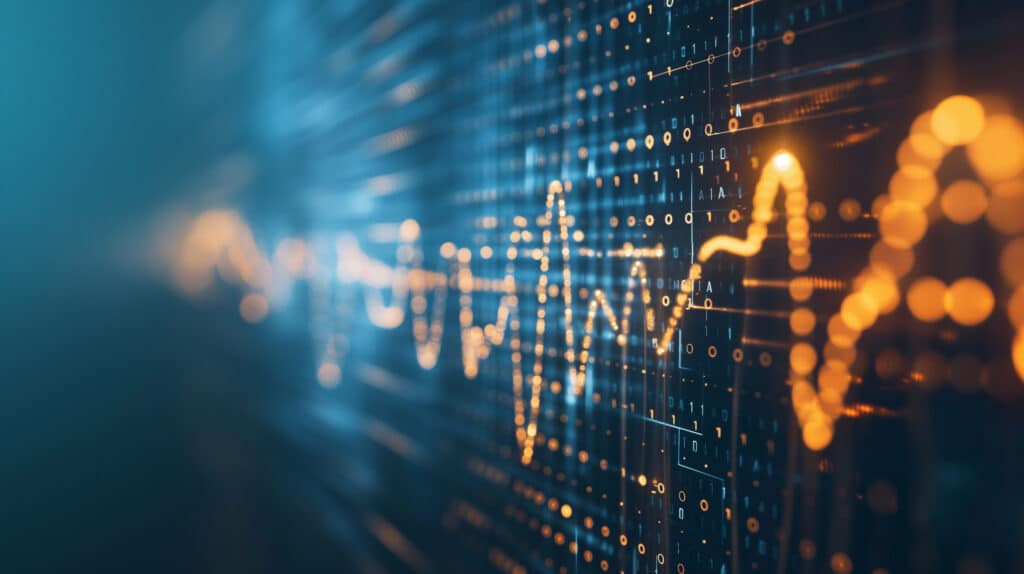As the world becomes increasingly aware of the pressing need for sustainability and the impact of human activity on the environment, more and more businesses are considering a move towards a circular business model. Differing from the traditional linear model, in which raw materials are extracted, products are manufactured, used, and then discarded as waste. A circular business model aims to keep resources in use for as long as possible, extracting the maximum value throughout the resource lifecycle followed by recovering and regenerating products and materials from waste.
But what are the benefits to moving towards a circular business model for businesses?
To reduce environmental impact and achieve sustainability goals: A circular economy can help to reduce the negative environmental impacts of economic activity, such as greenhouse gas emissions, pollution, and resource depletion. By design, a circular economy aims to minimise waste and maximise resource efficiency, which can help to reduce the overall ecological footprint of economic activity.
Furniture giant IKEA aims to be fully circular by 2030 and are already implementing a sell-back program which aims to resell or donate gently used or discontinued products. This is described as one of the first steps to achieving their sustainability goals.
To save costs and increase resource efficiency: By reusing resources and minimising waste, a circular business model can significantly increase resource efficiency. This can lead to reduced costs and increased competitiveness for the business.
For example, Renault’s Choisy-le-Roi factory is pioneering in the automobile industry focusing on extending the life of vehicles and reusing and recycling end of life vehicles. This remanufacturing operation results in parts being 40% less expensive than new parts (with same extensive quality checks), coupled with significant savings on energy, water, chemical products, and waste.
Increased Customer Satisfaction: Consumers and clients are becoming increasingly aware of the environmental impact of the products they purchase and are seeking out businesses that prioritise sustainability. By adopting a circular business model, businesses can appeal to this growing demand, win more business and increase customer satisfaction. In the energy transmission sector for example, proposals that contain circularity is increasingly a must-have to win contracts, with detailed planes about reducing waste and recycling material throughout the lifecycle of the project, coupled with sustainability aspects taken into consideration for decommissioning.
Adidas are creating a new material which is designed to be ground up and remade into a new product. Their Ultraboost DNA shoe is described as “a sneaker that you cannot keep… made to be remade over and over again”. This reduces reliance on plastic, reduces the quantity of products sent to landfill and creates future material for use in future products.
Business Resilience and long-term prosperity: A circular business model increases the resilience of a business by reducing reliance on a finite supply of raw materials. This can help a business to adapt to changing market conditions and reduce the risk of supply chain disruptions. In the long-term, a circular economy can help to ensure the prosperity of future generations by preserving the natural resources and ecosystems that are essential for human well-being. By minimising waste and maximising resource efficiency, a circular economy can help to ensure that there are enough resources to meet the needs of a growing global population without degrading the natural environment.
A strong Circular Business Model Plan should address:
- Resource efficiency: Optimise resource consumption, move away from finite resources (instead adopting renewable energy, bio-materials) and promote innovation to address residual gaps. Prioritise renewable or recycled materials, reducing energy and water consumption, and minimise waste in all its forms
- Product design: Design products that can be easily repaired, reused, or recycled to prolong useful life. Rather than designing for disposal, with scarce materials and components, or products that will become obsolete
- Closed-loop systems: Consider ways to recapture and reuse resources within your own operations, such as by recycling water or recapturing and reusing materials
- Collaboration: Look for opportunities to collaborate with other businesses or organisations to jointly pursue circular goals and create closed-loop systems. Foster transparency and openness (joint problem-solving sessions, co-creation of action plans, data pooling) with value chain partners
- Education and outreach: Educate your employees, customers, and other stakeholders about the benefits of circular business models and how they can support these efforts. Ensure top-down sponsorship internally as well as awareness raising externally. Do not underestimate the radical shift in mindsets this journey requires of us all as workers and consumers
- Continuous improvement: Set targets and track progress towards circular goals, and look for opportunities to continually improve and optimise your circular business model
- New service offerings: develop subscription service and rental models, which offer new value streams in terms of support services and greater customer intimacy, as well as optimising consumption of resources. Investigate value streams for waste and by-products (such as food waste for the non-human supply chain or consumer goods scents)
The benefits of adopting circular principals are clear, with many companies already taking the lead. However, the challenge, is how to apply these elements to your business or industry. If you are thinking about some key elements that you might include in a circular business model plan reach out for a discussion on how Argon & Co can aid in the transformation to reach circularity or click the link below to find out more about our upcoming webinar where we will present a Circular Economy business simulation training.







